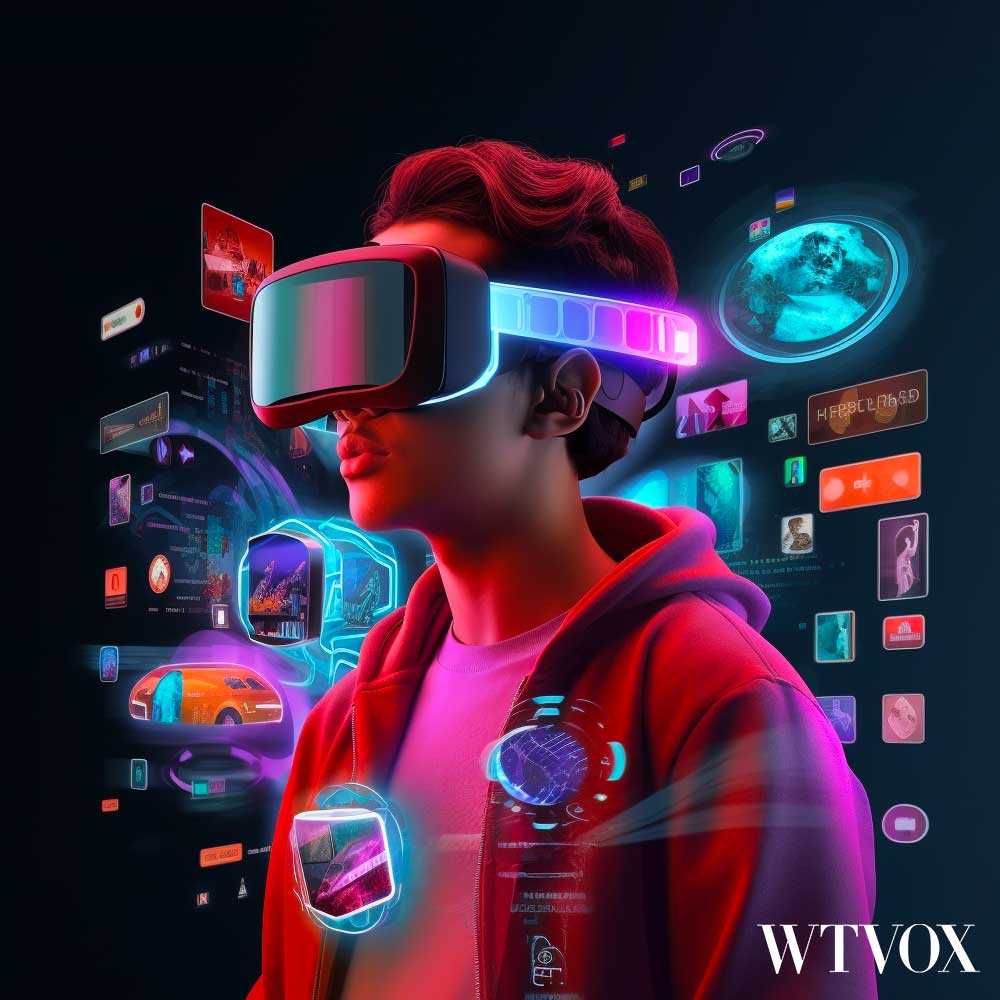IoT, digitization, smart sensors, wearable tech, times of technological disruption on a global scale, when technology affects everything, even your marketing strategy.
Let’s start with understanding what the Internet of Things (IoT) is, where it comes from, and what makes it so valuable in a marketing context.
There would be no social media or IoT without a hidden yet quintessential part. The “element” that changed the world in the last decade, more than the world has changed itself in the last century: the power of connectivity, the Internet.
We savor times of ubiquitous networking, with the Internet as the driving force behind almost everything we do. From manufacturing to advertising, the Internet has become the inseparable fabric that holds together the physical world as we see it.
New Business Models
If you still can’t get your head around the whole IoT idea, just put your hand in your pocket; that device is a piece of IoT as well.
The first IoT device with global adoption, the smartphone, gave birth to the digital networks and connection points behind the business of the modern era.
The world changes all the time. It is changing as you read this, faster than the second before. New business models have replaced the older, slower ones.
Integrated platforms, previously unimaginable without the notion of the Internet and smartphone, have taken over the traditional, linear business models.
Uber, a platform business, is the largest taxi company in the world without owning a single taxi.
Facebook, the world’s biggest media owner, does not create content. Amazon and Alibaba, both platform businesses, are the most profitable retailers in the world without a single item in their stock.
And Airbnb is the largest accommodation provider in the world without a single real estate.
In Your Pocket
Not only that the smartphone has changed the world, but its usage is on the rise. From 2.5 exabytes of generated data per month in 2014 to 5 exabytes in mid-2015.
Most importantly, almost 80 percent of the total “mobile phone time” was spent on social media platforms and related activities.
Jan Rezab, the CEO of Socialbakers, says:
“There is growing influence from the connected devices to the way we interact with the world. Consumers are spending their “smartphone time” interacting with social networks like Snapchat and WhatsApp, connecting and sharing data with people and objects around and the new businesses must be conscious of this new wave of connected devices and their capabilities.”
The smartphone has become an advanced social media center, a modern-style remote controller with social media buttons.
The More Data, The Better
The smartphone, the world’s very first IoT device, is now the largest source of big data in the world, allowing us to interact with websites, social media, wearables, and people.
Instantly, across the world, by generating tremendous amounts of data in the process, data we could use to augment marketing strategies, predict trends, and understand where, when and why people buy or reject certain products.
Granular Consumer Data
Let’s fast forward in time to the year 2020 when embedded sensors are all around us. Smart cars, washing machines, coffee makers, garage doors, fridges, light switches, coffee makers, your clothes, and the accessories you wear.
Everything is connected, communicating and exchanging data without you, the human, having to interact at all.
Just as Uber and AirBnB depend on connectivity and user data, the future business models depend on big data, and here is how we get back to social media and future marketing strategies. Social media is, by nature, user data.
Mixing social media data with the data collected by the smart sensors powering the IoT networks, we generate the “fuel” so much needed by the integrated platforms of tomorrow.
For any future business, be it in fashion, insurance, finance, healthcare, or entertainment; big data is the new oil.
Already Happening
It is not just a hope or an idea but something that is already happening. At Facebook’s F8 developers conference in March this year, the social media giant launched its first IoT initiative with Parse.
“In a couple of years from now, all devices connected to us and amongst them will become one seamless flow of information,” said Roost CEO Roel Peeters.
Facebook’s intention to prepare for the upcoming wave of smart devices is evident. China’s Tencent, the maker of WeChat, is also interested in the big data generated by IoT networks and its integration with social media.
35 Billion Devices in 2020
Gartner predicts that the total number of active IoT devices at the end of 2016 is going to reach 6.5 billion, a 30 percent rise compared to this year. Gartner also expects 26 billion active IoT devices by the end of 2020, or 37 billion conform to Cisco if we add the Industrial IoT (IIoT) devices as well.
Imagine running late to a meeting. With the help of IoT, your Smartcar could anticipate and solve the problem before it even occurs.
It syncs with your diary, checks with the smart city sensors, roads, and other cars, and announces you are running out of time.
As time goes by, your car knows, based on the sync data, if you are or not going to be on time, and if needed, it contacts the person you are meeting, via social media, letting them know you are running late.
Let’s recap for a second. There’s an “ocean” of user-generated data on social media, and more personal data, coming from wearables, IoT devices, health orientated, and the plan of unifying them if you like. What is the outcome?
Business Gains
Better businesses through better consumer understanding, personalized interactions, taking place before, during, and after purchase, and higher profits.
“Brands benefit from valuable insights that come from the collected data, understanding what kind of language, messaging and values resonate with their target audiences.” Holly Pavlika, SVP Brand Strategy at Collective Bias.
Consumer Benefits
However, not only businesses can take advantage of the IoT and social media concoction, but consumers as well.
Imagine a modern shopping scenario where the store’s IoT interacts with your wearables.
Your mobile communicates with the in-store beacons, syncs your well-being data with your social media accounts, “looks” at your browsing habits and previous shopping sessions, and finally informs the store or the sales assistant.
The result? You will know if what you want to purchase is available, if there are discounts, and even the item’s exact location on the shelve, before entering the shop.
If you do enter the shop, based on your data, the sales assistant expects and welcomes you by your first name, with a chair, a glass of water, and your garments, ready to try them on.
Better Advertising
Through instant and accurate analysis of customer data, the brand can improve the overall shopping experience and generate actionable data. In this way, the company targets only the right customers, with the best price and the right message.
Through smarter, more relevant ads, brands can dramatically reduce their advertising expenses and also improve customer response.
Imagine a light bulb going faulty in your house. The IoT recognizes the fault, checks on your social media platforms for any loyalty programs or special offers, and when found, places the order on your behalf. All you know is that 30 minutes later, a new light bulb has arrived.
And if right now, having to filter through such vasts amounts of data, might seem like a burden, just know that we are not that far from the days of another technological marvel, ready to work for us; the almighty A.I.




